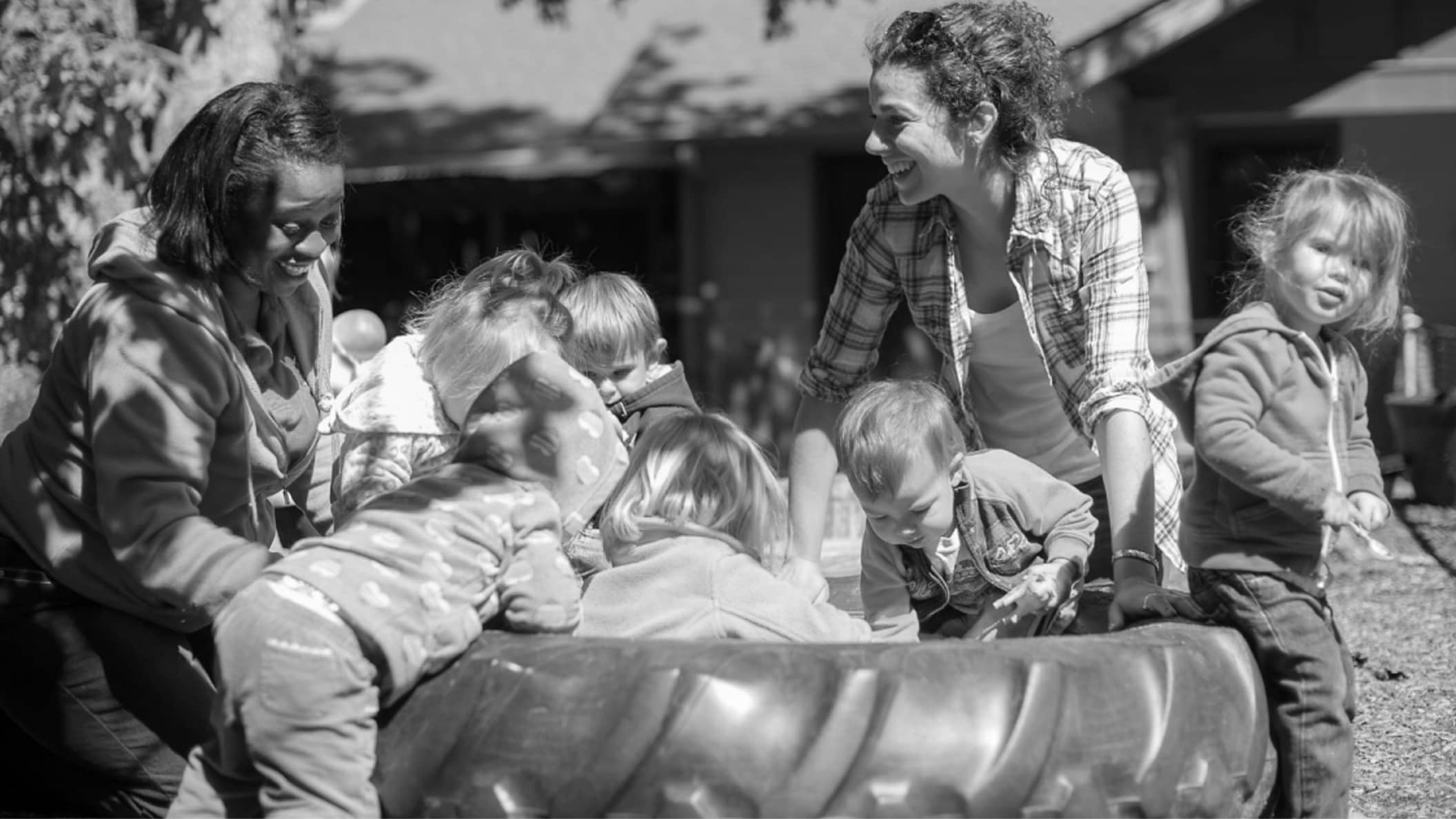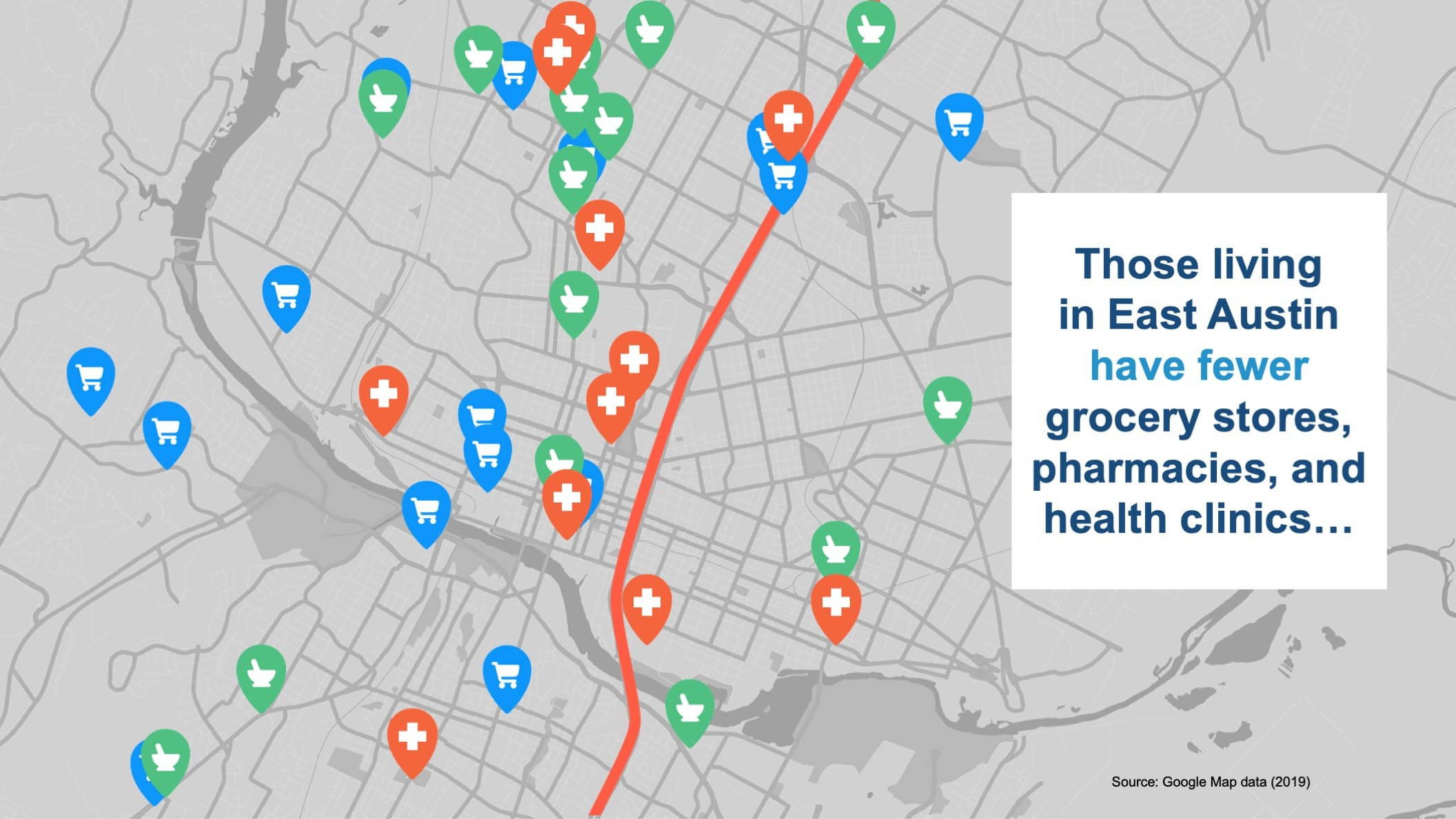Showing the Impact of Disinvestment and Discrimination in Low-income Communities

Challenge
People living just a few miles apart can face vastly different futures because of how our communities are planned, designed, built and funded. The availability of jobs with fair pay, good schools, affordable housing, safe neighborhoods and quality medical care all shape health and well-being.
In many cases, differences between neighborhoods didn’t happen by chance, but are the result of policies and decisions—some recent and some long ago—that put the basics for good health out of reach. Differences are fostered through mutually reinforcing systems of housing, education, employment, earnings, benefits, credit, media, health care and criminal justice. Many people don’t understand this. Often people hear “racism” or “discrimination” and think it’s something that’s intentional, but that’s not always the case.
It’s important to understand how zoning laws, school funding formulas, lending practices and the construction of highways through the middle of a city can put the opportunities for good health within or out of reach.
Our Approach
Working with the Robert Wood Johnson Foundation, we developed a series of graphics to illustrate how decisions and policies shaped health and opportunity in two parts of the city. The maps show historical Austin: where people of color lived in the 1920s, the practice of “redlining” (neighborhoods that were deemed hazardous for bank lending) in the 1930s, and construction of a highway in the 1960s.

They also illustrate the realities of present-day Austin: differences in life expectancy, the location of grocery stores and pharmacies, and vastly different income levels and graduation and incarceration rates.

We created slides and shareable social graphics with messages like:
Differences in health often don’t happen by chance or by choice …
Take Austin, TX, where decisions and policies have created uneven opportunities for health and well-being …
The effects of these decisions are seen in Austin today …
Too many people start and stay behind because of where they live …
Your ZIP code shouldn’t determine your future …
Learn what you can do at www.rwjf.org/healthequity
Results and Impact
This graphic has been used at meetings and conferences, shared widely online during the 2019 SXSW conference and was the top-performing tweet for RWJF in 2019.
From initial reports, the Twitter thread amassed 36,485 organic impressions and 500 organic engagements in the first week. After RWJF ran a short (3-day) ad to promote it, they secured 84 new followers resulting from their engagement with this content.